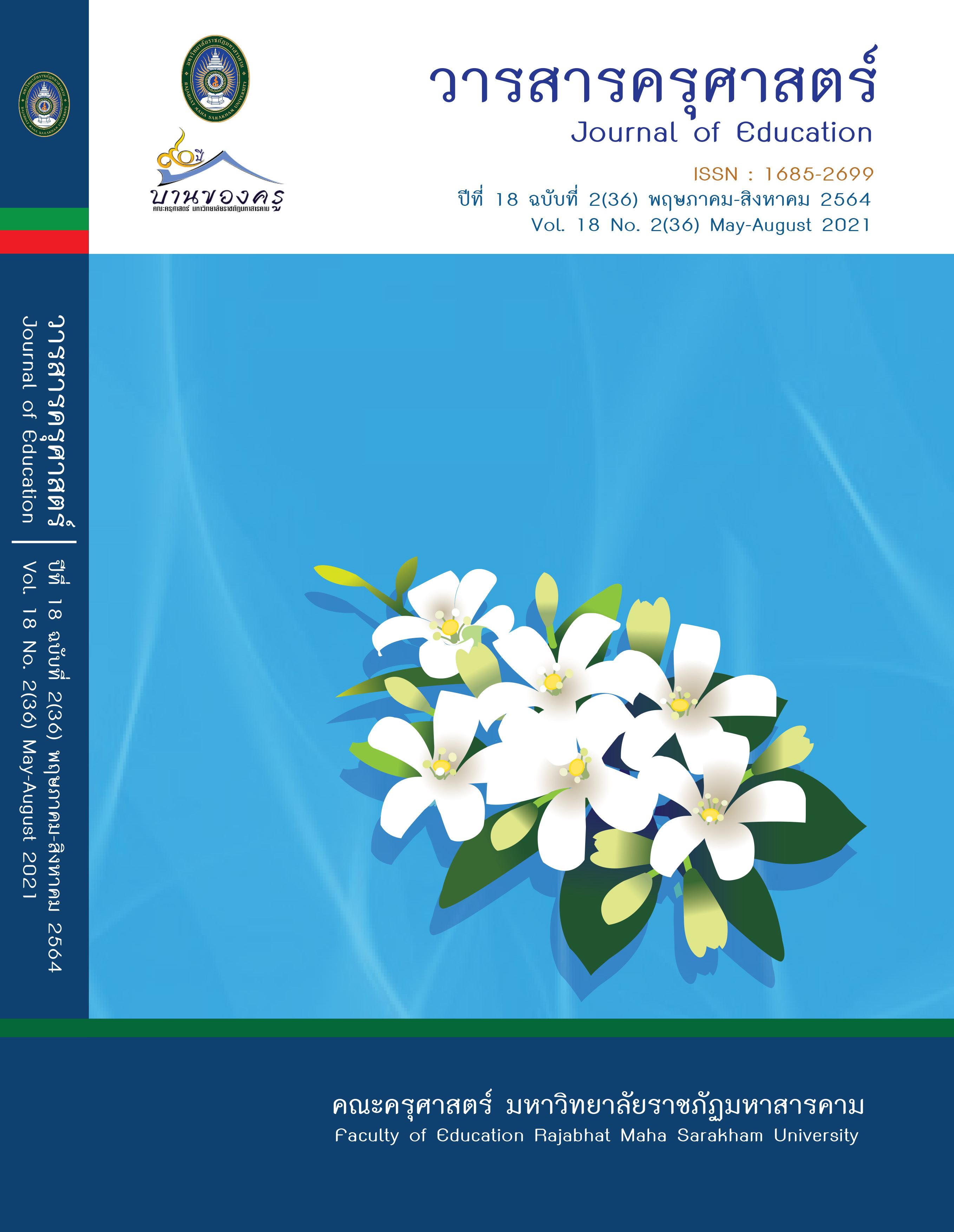Scientific Antirealism
Main Article Content
Abstract
Scientific Anti-realism is a philosophy of science for theunobservableentities which are not detectable with human senses such as electrons, DNA, the force of gravity, etc.,are the non-reality. The truth rests on its demonstrability through internal logic mechanisms. The unobservable truths are beyond the realm of scientific knowledge. There are two schools of thought on this philosophy; Scientific Instrumentalism which describesthere is no ultimate truth in science, the only thing we can say is which truth is the most appropriate to explain the certain phenomena. The other is Scientific Social Constructivism which mentioned science as products of human practices.
Article Details

This work is licensed under a Creative Commons Attribution-NonCommercial-NoDerivatives 4.0 International License.
ข้อกำหนดเบื้องต้นที่ผู้นิพนธ์(ผู้ส่งบทความ) ควรทราบ
1. ผู้นิพนธ์ที่ประสงค์จะลงตีพิมพ์บทความกับวารสาร ตั้งแต่เดือนมกราคม 2563 เป็นต้นไป ให้ใช้รูปแบบใหม่ (Template 2563) โดยสามารถดูตัวอย่างได้ที่เมนู GUIDELINES
2. จะตีพิมพ์และเผยแพร่ได้ ต้องผ่านการประเมินจากผู้ทรงคุณวุฒิ (Peer Review)
3. การประเมินบทความโดยผู้ทรงคุณวุฒิ (Peer Review) เป็นแบบ Double Blind
4. การอ้างอิงบทความใช้หลักเกณฑ์ APA (American Psychological Association) คลิก
5. บทความถูกปฏิเสธการตีพิมพ์ ไม่ผ่านการประเมิน ผู้นิพนธ์ขอยกเลิกเองหรือชำระเงินก่อนได้รับการอนุมัติ ทางวารสารไม่มีนโยบายการคืนเงิน
References
โอคาชา, ซาเมียร์. (2549). Philosophy of science: A very short introduction [ปรัชญาวิทยาศาสตร์โดยสังเขป]. ศูนย์มานุษยวิทยาสิรินธร (องค์การมหาชน).
Baggott, J. E. and Baggott, J. (2004). Beyond Measure: Modern Physics, Philosophy, and the Meaning of Quantum Theory.Oxford University Press.
Latour, B. andWoolgar, S. (1986). Laboratory Life: The Construction of Scientific Facts. Princeton University Press.
Prugovečki, E. (1992). Realism, positivism, instrumentalism, and quantum geometry. Foundations of Physics,22(2), 143–186.


